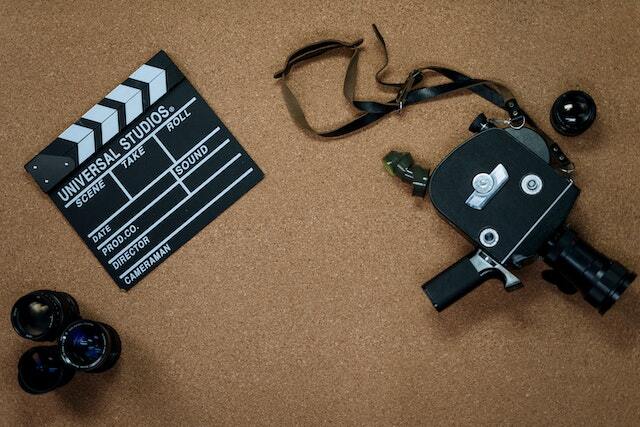
Cinema cameras are the backbone of the film industry. Without these sophisticated pieces of technology, filmmakers would be unable to capture the stunning visuals that are so often associated with the art form. Cinema cameras have come a long way since the early days of filmmaking, and they continue to evolve to this day.
History of Cinema Cameras
The history of cinema cameras can be traced back to the early 19th century. In 1826, French inventor Joseph Nicéphore Niépce created the first permanent photographic image using a camera obscura. This marked the beginning of photography and eventually led to the development of motion pictures.
The first motion picture camera was invented in 1890 by French inventor Louis Le Prince. This camera was capable of capturing moving images on paper film, which was a significant breakthrough in the field of filmmaking. However, it was not until the 1920s that the first commercially successful cinema cameras were introduced.
During this time, filmmakers began to experiment with different camera techniques, such as close-ups and tracking shots. These techniques helped to establish cinema as an art form and paved the way for modern cinema cameras.
Art of Cinema Cameras
Cinema cameras play a crucial role in the art of filmmaking. They are used to capture the images that make up a film, and they are also used to convey emotion and meaning. A skilled cinematographer can use a camera to create a mood, tell a story, and evoke a specific emotional response from the audience.
One of the most critical aspects of using a cinema camera as an artistic tool is understanding how different camera settings can affect the look and feel of a shot. For example, changing the aperture can alter the depth of field, which can be used to focus the audience's attention on a particular element of the shot. Similarly, adjusting the shutter speed can create motion blur or freeze-frame a scene, adding a sense of drama or urgency to the shot.
The art of using a cinema camera also involves understanding how to frame a shot. Cinematographers must consider the composition, lighting, and movement of the camera when framing a shot. A well-composed shot can add depth and meaning to a scene, while a poorly framed shot can detract from the story being told.
The technology of Cinema Cameras
The technology of cinema cameras has come a long way since the early days of filmmaking. Today's cinema cameras are capable of capturing stunning images in high resolution and with incredible detail. They are also equipped with advanced features, such as autofocus, image stabilization, and high-speed frame rates.
One of the most significant advancements in cinema camera technology is the transition from film to digital. Digital cinema cameras have several advantages over film cameras, including the ability to shoot in high resolution and the ability to capture footage without the need for film stock. This has also led to advancements in post-production, as digital footage can be edited more easily and with greater precision than film.
Another major advancement in cinema camera technology is the development of drones and other aerial camera systems. These systems allow filmmakers to capture stunning aerial shots that were previously impossible to achieve. They also provide a new perspective on the world, allowing viewers to see things from a different angle.
To sum up, Cinema cameras are an essential component of the art and technology of filmmaking. They have evolved over time, from the early days of paper film to today's sophisticated digital systems. The art of using a cinema camera involves understanding how to frame a shot and use different camera settings to convey emotion and meaning. Meanwhile, the technology of cinema cameras has enabled filmmakers to capture stunning visuals and push the boundaries of what is possible in filmmaking.